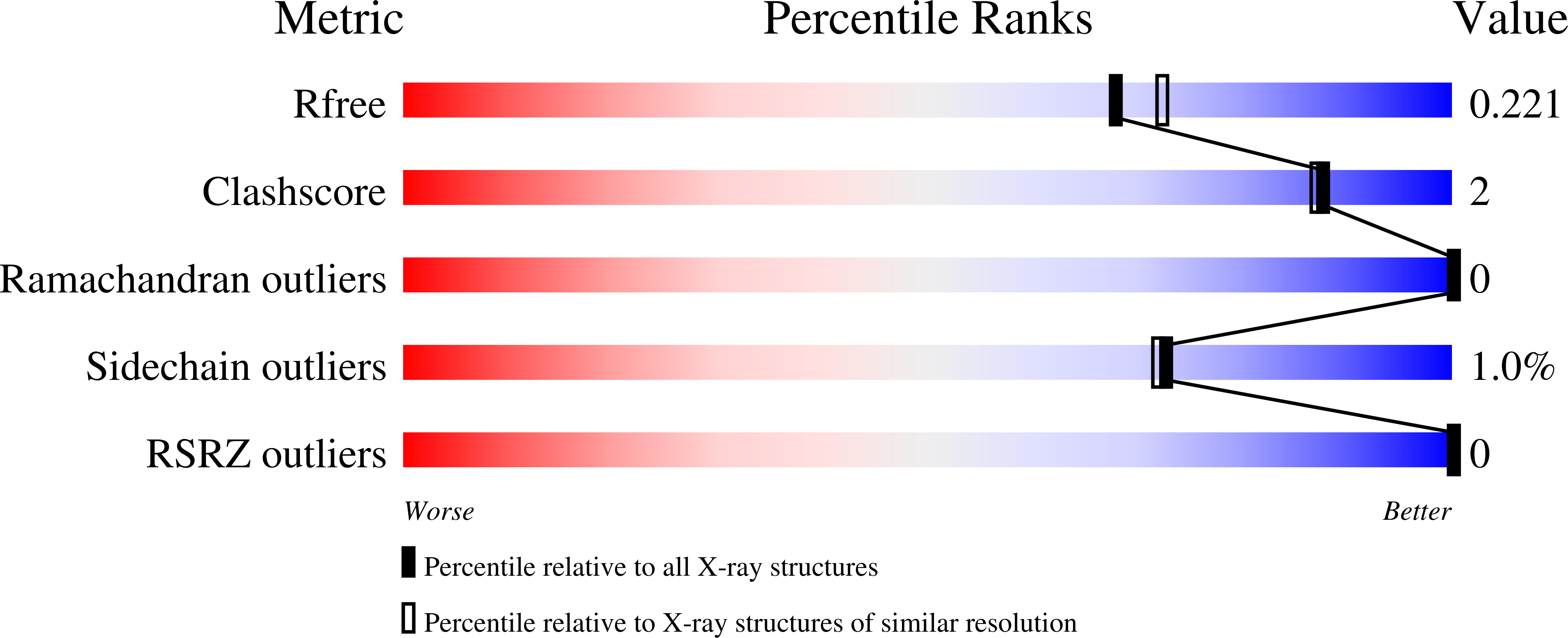
Deposition Date
2024-03-11
Release Date
2025-01-01
Last Version Date
2025-01-01
Entry Detail
Biological Source:
Source Organism:
Mycobacterium sp. JS330 (Taxon ID: 1004011)
Host Organism:
Method Details:
Experimental Method:
Resolution:
1.97 Å
R-Value Free:
0.19
R-Value Work:
0.16
Space Group:
H 3 2


